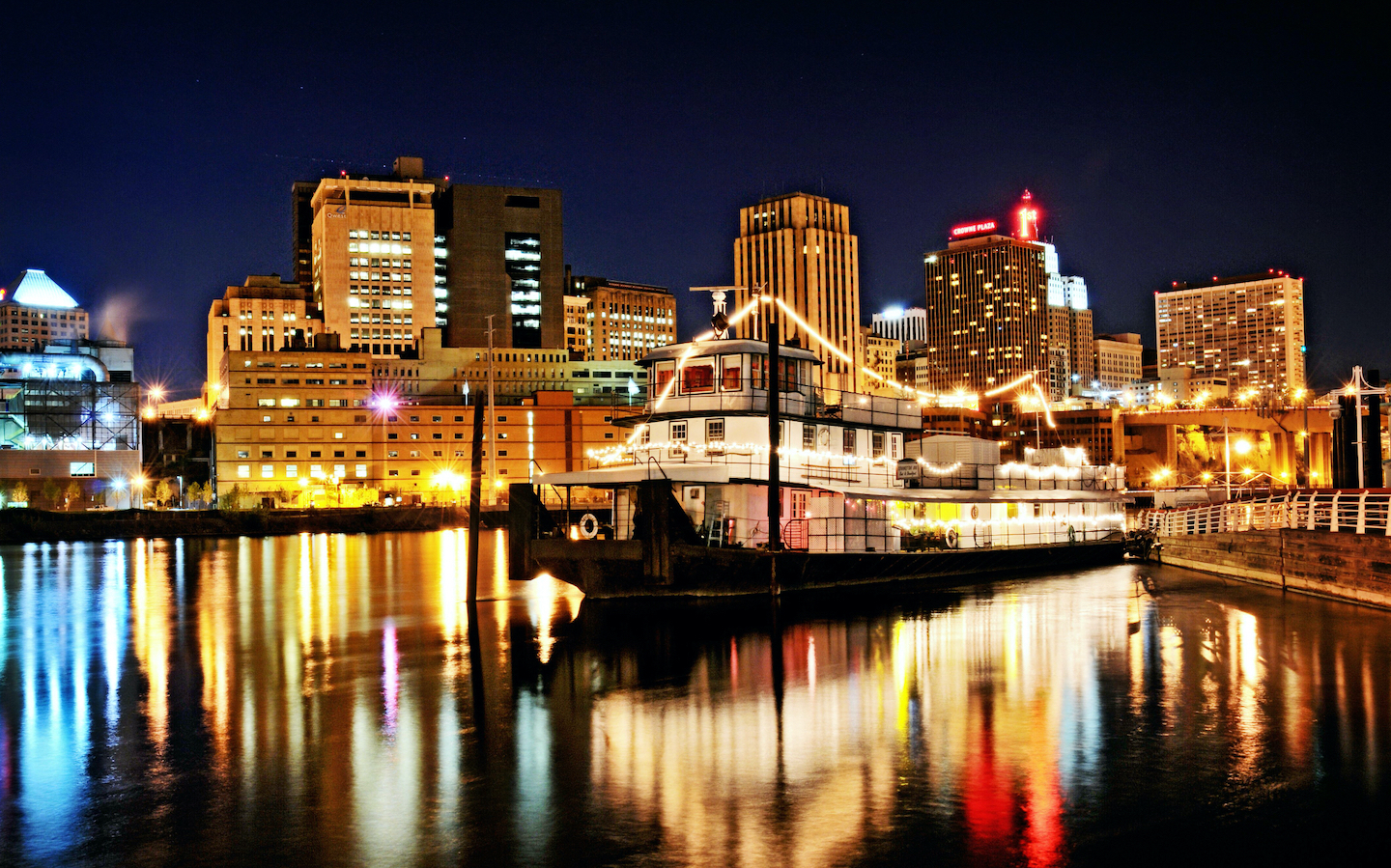Boulevard Tree Removal
Forestry will consider boulevard tree removal if the tree:
- Is dead or dying
- Is deemed to be structurally hazardous by Forestry
- Is or would be structurally compromised by construction in the right of way
- Is infested with an invasive species or pathogen (e.g. emerald ash borer, Dutch elm disease, etc.)
Forestry will not allow boulevard tree removal:
- To improve a view
- If it blocks a commercial sign
- If tree roots have clogged a sewer line
- To allow more sunlight to reach a solar panel, the ground, or a TV satellite
- To eliminate the need to clean up leaves, small sticks, or seeds that fall from the tree
- For other reasons not associated with tree health
Marking for Removal and Notification of Removal to Property Owner:
Forestry marks trees for removal with a painted red ring about 4’ above ground level. Ash trees are commonly marked with a green painted ring at about 4' above ground level. More information on ash tree removals can be found on the emerald ash borer (EAB) page.
Typically, a tree is marked for removal at least a week before it is removed with some exceptions (e.g. dangerous tree, special projects, etc.). The actual removal may take place anywhere from a week after the original marking to up to a year or longer. Forestry will leave an information door hanger on the Property Owner/Resident’s front door to inform the resident why the tree has been marked for removal. Forestry only leaves a door hanger at the property where the marked tree resides.
Removal Requests:
A property owner may call Forestry to request that a tree be removed. Forestry will only review requests for boulevard tree removal when 1) the tree is on the boulevard adjacent to the property and 2) when the property owner has called to request the removal. Forestry will review removal requests and the final determination on whether a tree will be removed and who will be responsible for the removal rests with Forestry.
If a Property Owner receives an approved permit to remove a publicly owned boulevard tree, they may be subject to pay for the value of the tree and tree replacement costs. For example, a property owner may be subject to:
- Hire and pay for the removal using a licensed contractor
- Pay for the value of the tree removed*
- Pay for the tree replacement costs*
*These same costs are applicable to anyone that removes a boulevard tree without an approved permit.

